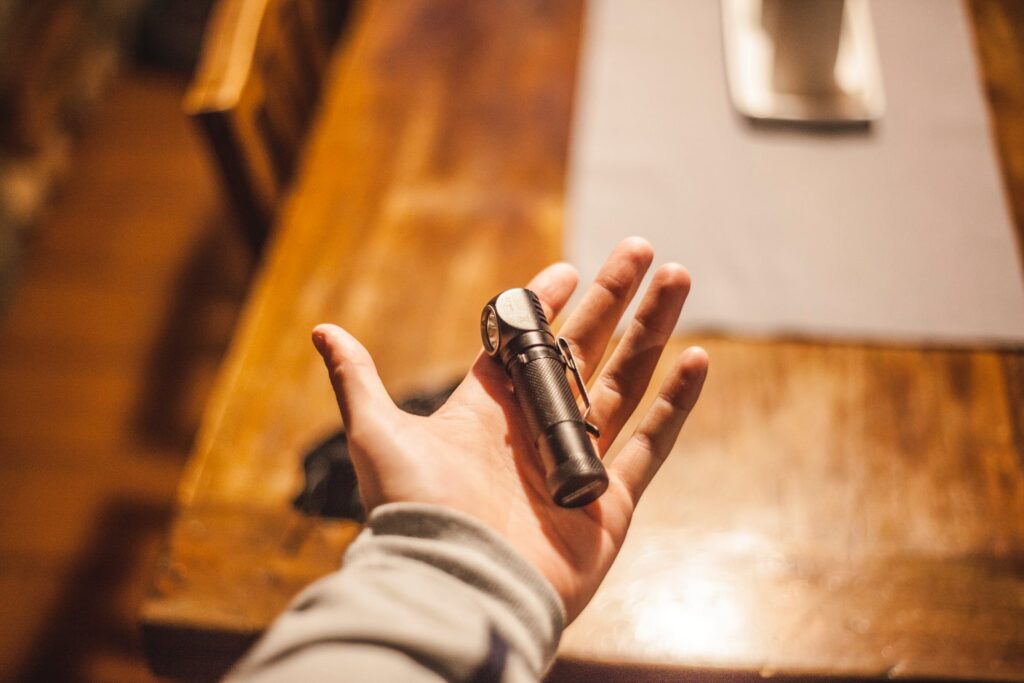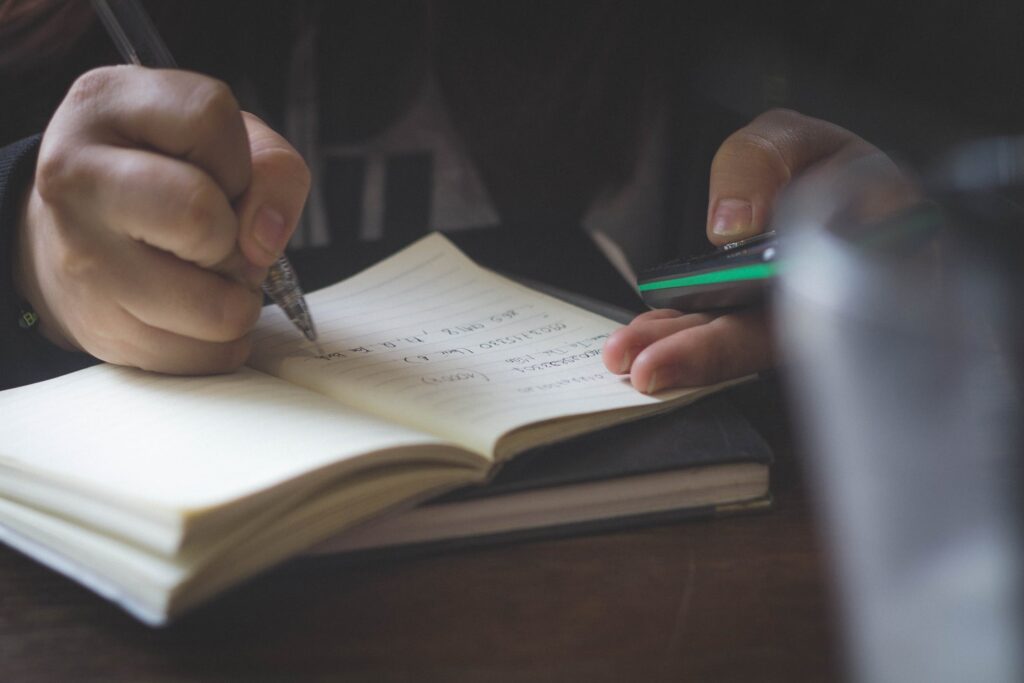
Today’s 21st century documentary filmmaker has more tools than ever available to them. The cameras are smaller and offer higher resolution. The audio equipment is smaller and hears better than ever. Editing software is intuitive and easy to learn and use. Those are the sort of broad stroke items which are essential to successful documentary film shooting.
Documentary film crews are significantly smaller than a narrative feature crew. This means everybody on a doc crew should know how to operate all the gear, and be able to take on any job in a pinch.
This article is not about any of that stuff. Instead, it’s about the smaller things you will need along your journey to becoming a documentary filmmaker.
Here are 10 absolute must-haves on any shoot, the base minimum for professional-level work.
- Flashlight – You never know when you will be in low light conditions or the dark, wrapping after a shoot, prepping before a shoot, lost a nut, somebody else lost their phone … you get the idea. The point is that a flashlight is an essential tool for every filmmaker.
- Hat – When you are outside shooting in the sun a hat is another piece of essential equipment, and it can help in a light rain too. It keeps you cooler and keeps the sun out of your eyes. I recommend a full brimmed hat, rather than a baseball cap, to protect the back of your neck. Keep $20 hidden in the crown for emergencies.
- Belt – I like to wear a belt so that my tool pouch is always where I expect it to be. I can clip various items to my belt (see glove clip) including my flashlight. It provides easy access to immediate use items, and allows hands free carrying, and frees up your pockets for items best kept secure. Holds up my pants too.
- Sturdy Shoes – these are one of the best investments you can make. On the set you will be on your feet for long periods. Having good shoes will save your feet, make you more comfortable, and protect you from injury. A foot injury can keep you off the set for weeks, if not months.
- Gloves – Good leather work gloves are an inexpensive insurance policy against hand injuries and burns.
- Glove Clip – this holds your gloves on your belt for immediate and easy access.
- Pouch – I would say that a First AC pouch is best. If you have so much stuff that a First AC pouch is too small you have too much stuff to carry.
- Pen – see below.
- Paper – A pocket-size notebook will allow you to take notes and record details. Yes, this is an old school, analog way of making notes, but phone batteries run out and writing things down imprints them into your memory. Think of it as a way to cross-check the work. Documentary filmmaking is, by its nature, an exploration — with plenty of room for extemporaneous events. Record new questions and ideas as they come up to help you make your documentary the best it can be.
- An iron-clad plan and the ability to adapt it to changing circumstances – One of the most important things you can bring to your documentary shoot is an open mind and insatiable curiosity about your subjects, and finding the truth of the story. You should have a plan (and a point-of-view, of course). You should know about how long you expect to spend interviewing that person, or shooting that activity. Your research will have given you a strong foundation of what to expect and where your documentary is going. But don’t be so rigid in your preconceived agenda that you aren’t open to unexpected new information, or serendipitous occurrence in the field. It is better to have the footage and not need it, than to turn away and wish you had it later in the editing room.
Want to know what else you’ll need to know on a professional set? Learn documentary filmmaking at New York Film Academy.

Written by James Coburn
As much as the right equipment can help in creating the perfect documentary, the proper education can also go a long way. At NYFA, we are dedicated to training students with the artistic and professional skills needed in the industry. Visit our Documentary Filmmaking page to learn more.
